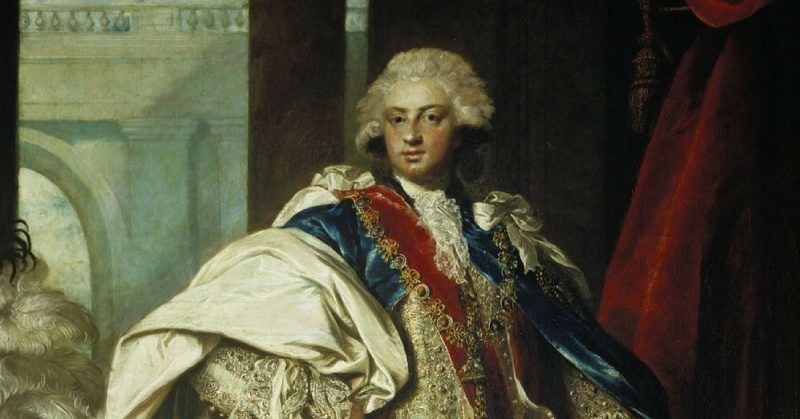The grand old Duke of York
He had ten thousand men
He marched them up to the top of the hill
And he marched them down again.
– British nursery rhyme
Frederick Augustus, the Duke of York, is widely remembered as an absurd figure mocked in a nursery rhyme. It’s an unfortunate way to have immortalised an important commander, who according to military historian Sir John Fortescue did “more for the Army than any one man has done for it in the whole of its history”.
1. A Royal Upbringing
Frederick Augustus was born in 1763, the second son of British King George III. At the time, it was common for second sons of any British noble family to go into the military. Primogeniture meant that they would not inherit any of the family’s lands and power, but money could buy a prominent position in the army, providing income and status for life.
His family, though rulers of Britain, were of Hanoverian descent, and still held territory in Germany. As a result, his early career involved military service in both the British and Hanoverian armies. In 1784, he was made Duke of York and Albany, the Duchy of York often having been granted to the second sons of English monarchs. In 1791, he married a princess from another German royal house – the daughter of Frederick William II of Prussia.
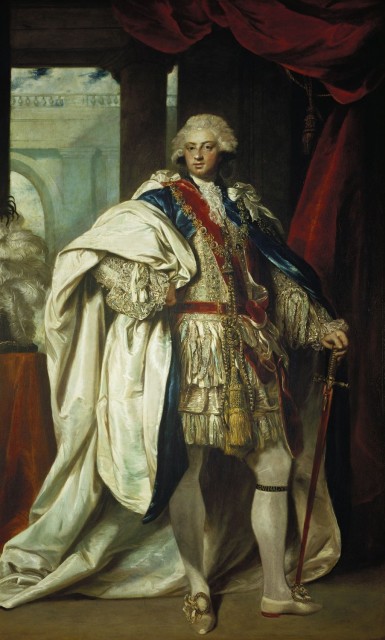
2. A Revolutionary Time
The Duke of York served during a transformative period for armies in Europe. The French revolutions of the 1780s and 1790s led to a series of wars between France and almost every other nation on the continent. The French were eager to spread revolutionary reforms, while neighbouring monarchies wanted to put the genie of republicanism back in the bottle. Once France became an empire under Napoleon I, she continued to fight her neighbours until her armies were finally exhausted in 1815.
This was a war like none that had come before. The combination of egalitarian ideals and an existential threat led the French government to introduce conscription for the first time, fielding armies of unprecedented size. Other nations were forced to increase their own forces to match her. As the same time, Napoleonic strategy and technological advances led to transformations in the ways these armies fought.
The British army, like every army in Europe, had huge changes to deal with.
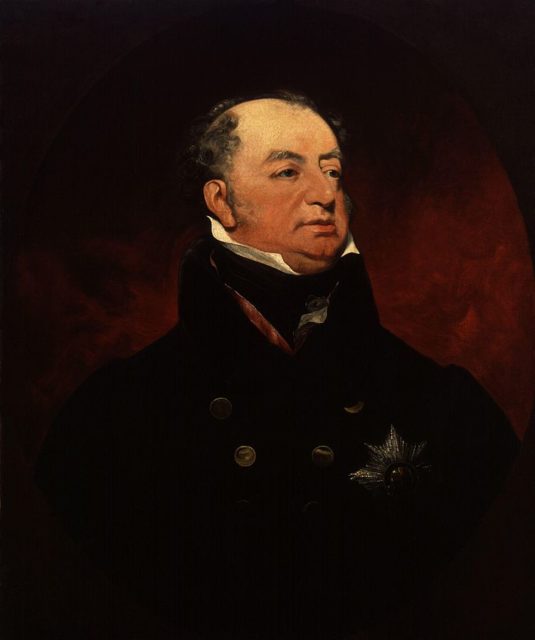
3. Inspiring the Nursery Rhyme
York’s achievements as a commander were closely tied to the wars with France. Yet his involvement in those wars started inauspiciously.
When war broke out between Britain and France in 1793, York was put in charge of a military expedition to Flanders. He took control of the port of Dunkirk but was then pushed back in a battle at Hondschoote on 6 September. His troops – a mixture of British and Hanoverian forces – performed well but were outnumbered three to one, losing their siege guns during the retreat.
Over the following months, he marched his army back and forth between ineffective minor actions, inspiring the nursery rhyme. Meanwhile, Britain and her allies lost control of Flanders, and in July 1794 York and his troops were evacuated.
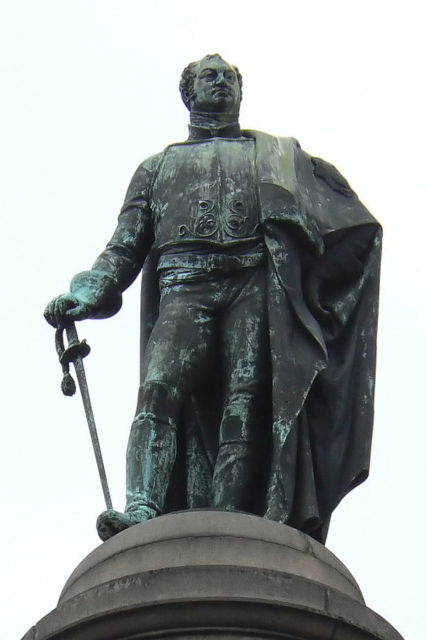
4. Commander-in-Chief
In February 1795, Lord Amherst retired as Commander-in-Chief of the British army, and York took his place. The position of Commander-in-Chief was not a permanent one as it is now, nor was it supported by a staff corps. Instead, it was a temporary position, filled in times of war. The Commander-in-Chief did not have total control of the army, but shared responsibility with other officials and ministers – the engineers and artillery were never under York’s control.
York saw the need to reform the army in response to changing times. And so, despite the complicated tangle of authority and the need to carefully negotiate many changes, he set about turning the British army into something more modern.
5. The Army’s Problems
The British army of the 1790s faced two fundamental problems – coping with sudden growth, and a lack of professionalism among the officers.
The growth problem came from the sudden onset of war, and from the way the army was usually maintained. Britain had a long tradition of distrusting standing armies, and so tried to keep the number of soldiers down during times of peace. The eruption of war with France had meant swift expansion just to create a war-worthy force, never mind to match the numbers of France’s conscript armies. Old units were reformed and 30 new regiments were created in quick succession. It was a lot for a small establishment to deal with.
Tradition was also responsible for the officer problem. Officer positions were bought and sold rather than being granted to the most worthy men. The officers were, therefore, men from wealthy aristocratic backgrounds like York himself, but often without his military experience or competence.
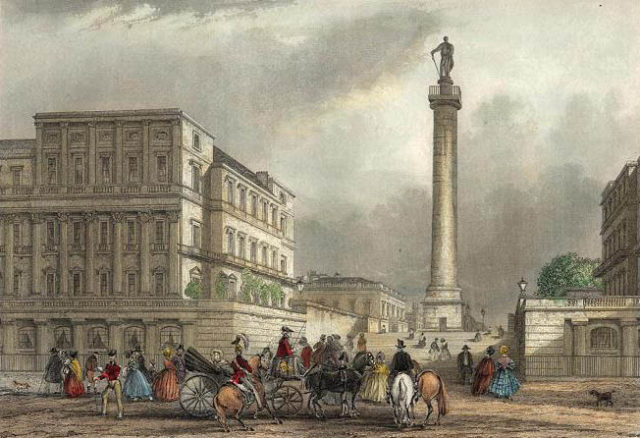
6. York’s Solutions
York brought a great deal of personal energy, military experience and administrative skill to the position of Commander-in-Chief.
In dealing with the vast number of recently recruited soldiers, he sought to make conditions more bearable, reducing the strain of running a large, demoralized force. Rations and barracks were improved and the penal code was made less brutal. Standard drills and manoeuvres were introduced, allowing men to be trained more quickly and soldiers from different units to better fight together.
He reined in the worst elements of commission purchasing. The number of free commissions was increased, allowing more men of talent but low wealth to become officers. Certain ranks could no longer be bought without proven military experience. A Military College was set up to train officers.
7. Scorn and Accolades
In 1809, York was forced to resign following a public scandal around his mistress. He soon returned to his post and continued his program of reform. In 1815, Parliament publically recognised his outstanding service in reforming the army when reform was most needed.
Source:
David Chandler and Ian Beckett (eds) (1994), The Oxford History of the British Army.
